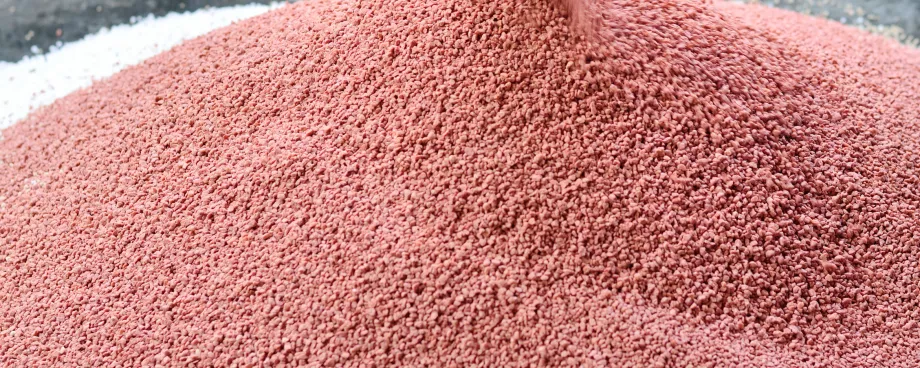| particle adhesion | The tendency for neighbouring particles to hold together by attraction forces, such as surface tension, Van der Waal forces at the molecular level, surface sintering, thermal fusion or by electrostatic forces. |
| particle, effective | A particle as perceived by a measuring technique that discriminates between the constituent elements of a powder. |
| particle, primary | The basic particle within a agglomerate or flocculate. |
| particulate | Consisting of particles. |
| particulate bed | A particulate solid occupying a given space. |
| particulate solid | A crowd of particles, the number of particles being sufficient for the statistical mean of any property to be independent of the number of particles present. The mass assumes a behaviour due to their interaction such that the assembly may be considered as a continuum. Particulate solids may be called bulk solids, granular solids or powders although, in certain contexts, these terms have different meanings from one another. |
| particulate structure | The manner of composition of touching particles in a bed. |
| period of scrutiny | The time interval over which variations of a given property are significant. A typical example is for defining the time interval over which a weighed sample should be collected to determine the relevant accuracy of a Loss-in-weight feeder output. Typically, for this duty, the period is of the order of 60 seconds. Whereas feedback control can ensure that the average feed rate is relatively accurate, there are circumstances, such as metering the feed into a high-speed mill where the residence time is very short, that place a high premium on the very short-term feed evenness, rather than the precise accuracy, in relation to the mill power demands and consistency of the product produced. |
| phase | A physical state that constitutes all or part of a material mass, such as a liquid, gas or solid. Particulate solids comprise a minimum of two phases, the solid and the medium occupying the voids. There are three phases if a loose fluid is present in addition to a gas in the void space. |
| points of co-ordination | The points of contact between particles in a particulate bed. |
| Poison’s ratio | The ratio between linear strain changes perpendicular to, and in the direction of, a given uniaxial stress change. |
| porosity, filter | (See filter porosity). |
| powder | A bulk solid consisting of particles less than 1 mm. |
| primary consolidation | The reduction of volume that occurs in a dilated powder due to the escape of excess gas from the voids. |
| relative humidity | The proportion of moisture that can be held in air as a vapour compared with the maximum vapour holding capacity at the given temperature. |
| Reynolds number | The dimensionless number which defines the flow pattern of a fluid surrounding a particle, with Re = v·d·ρ /η where: - Re is the Reynolds number - v is the relative velocity - d is the diameter of spherical particles - ρ is the density of fluid - η = viscosity All values being in the same system of units. |
| rheology | The subject of deformation and flow. |
| rheopectic | The behaviour of materials that set or increase in viscosity when shaken or tapped. |
| risk phrases | Legends used in the Countries of the EU to denote category of risk related to dangerous substances and preparations. See Attributes. |
| Rosin-Rammler distibution | A mathematical function to describe particle size distribution (The expression was originally developed for broken coal). |
Glossary of Terms in Powder & Bulk Technology
1.3 General Terms
Page 5 of 7





